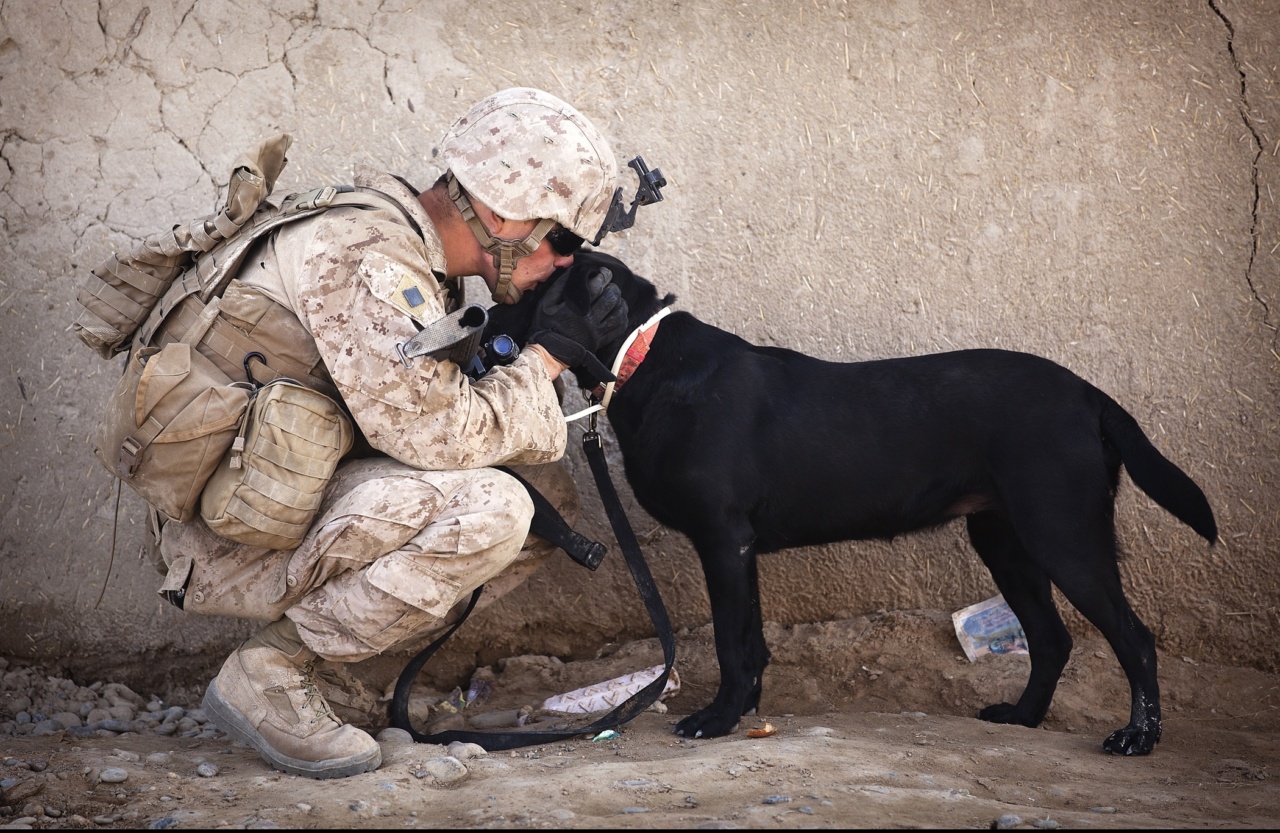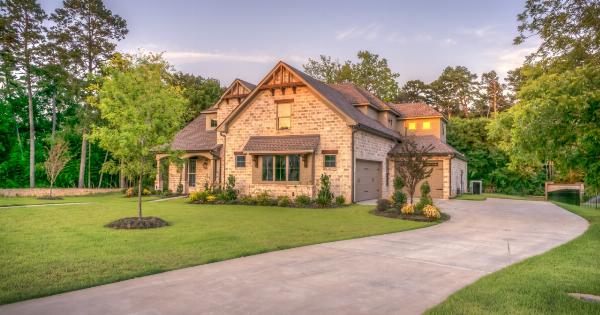Dogs are sociable and highly adaptable animals, but not all dogs are comfortable in crowded places.
If your furry friend gets anxious around strangers and busy roads, it might be difficult for you to take him out on walks or to the park, and it could also affect his quality of life. Fortunately, there are several ways to help your dog feel more relaxed and confident in crowds.
1. Start with a training program
If your dog is particularly anxious, a training program could help him overcome his fears and anxiety. Look for a qualified dog trainer who specializes in anxiety issues, and discuss your dog’s behavior and needs.
The training sessions will involve desensitization exercises, positive reinforcement, and counter-conditioning techniques, all aimed at reducing your dog’s stress levels and building up his confidence.
2. Use a leash and a harness
When walking your dog in crowded areas, make sure that he is wearing a secure leash and a comfortable harness.
A leash will prevent your dog from running away or getting lost, while a harness will distribute the pressure evenly across his body, reducing the risk of neck and back injuries. Choose a harness that fits your dog’s size and breed, and adjust it correctly to avoid any discomfort or rubbing.
3. Give your dog space and time
Allow your dog to adjust to the new environment gradually. Start with short walks in a quiet and familiar area, and gradually increase the distance and complexity of your outings.
If your dog seems stressed or nervous, stop and offer some reassurance and encouragement. Don’t force your dog to interact with people or other dogs if he’s not ready yet. Give him plenty of time and space to feel comfortable and relaxed.
4. Reward positive behavior
Positive reinforcement is a powerful tool to train and motivate your dog. Whenever your dog behaves correctly in a crowded place, such as walking by your side or staying calm around other people or pets, reward him with treats, praise, and affection.
This will encourage your dog to repeat the desired behavior and associate crowds with positive experiences.
5. Manage your dog’s environment
As a pet owner, you are responsible for your dog’s safety and well-being. When taking your dog to crowded areas, make sure to manage his environment to prevent any accidents or incidents.
Keep your dog on a short leash, avoid busy roads or intersections, and steer clear of aggressive dogs or people. If your dog is particularly anxious, consider using a muzzle or a calming collar to reduce his stress levels.
6. Seek professional help if necessary
If your dog’s anxiety is severe or persistent, don’t hesitate to seek professional help from a certified dog behaviorist or a veterinary specialist.
These experts can evaluate your dog’s behavior and recommend a personalized treatment plan that could include medication, therapy, or surgery.
7. Create a calm and safe home environment
Your dog’s home environment can also play a significant role in his anxiety levels. Make sure that your dog has a comfortable and cozy place to rest, away from noise and distractions.
Provide him with plenty of toys, treats, and mental stimulation activities to keep him occupied and engaged. Additionally, consider using natural remedies, such as herbal supplements or aromatherapy, to soothe your dog’s anxiety.
8. Train your dog to recognize stress signals
Dogs use body language and vocalizations to communicate their emotions and needs. By paying attention to your dog’s subtle stress signals, such as panting, yawning, whining, or licking his lips, you can intervene before the anxiety escalates.
Train your dog to recognize stress signals, and teach him a calming behavior, such as sitting or lying down, that he can perform on command.
9. Socialize your dog from an early age
Socialization is a crucial aspect of a dog’s development and can prevent anxiety or aggression issues later in life.
Socialize your dog from an early age, introducing him to different people, pets, and environments in a positive and controlled fashion. This will help your dog build his confidence, broaden his horizons, and teach him how to navigate social situations.
10. Be patient and consistent
Finally, remember that overcoming anxiety is a gradual and ongoing process that requires patience, consistency, and dedication from the owner. Don’t expect your dog to become a social butterfly overnight or to overcome his fears completely.
Instead, focus on small steps and incremental progress. Celebrate each success, no matter how small, and keep working on building your dog’s trust and confidence.






























